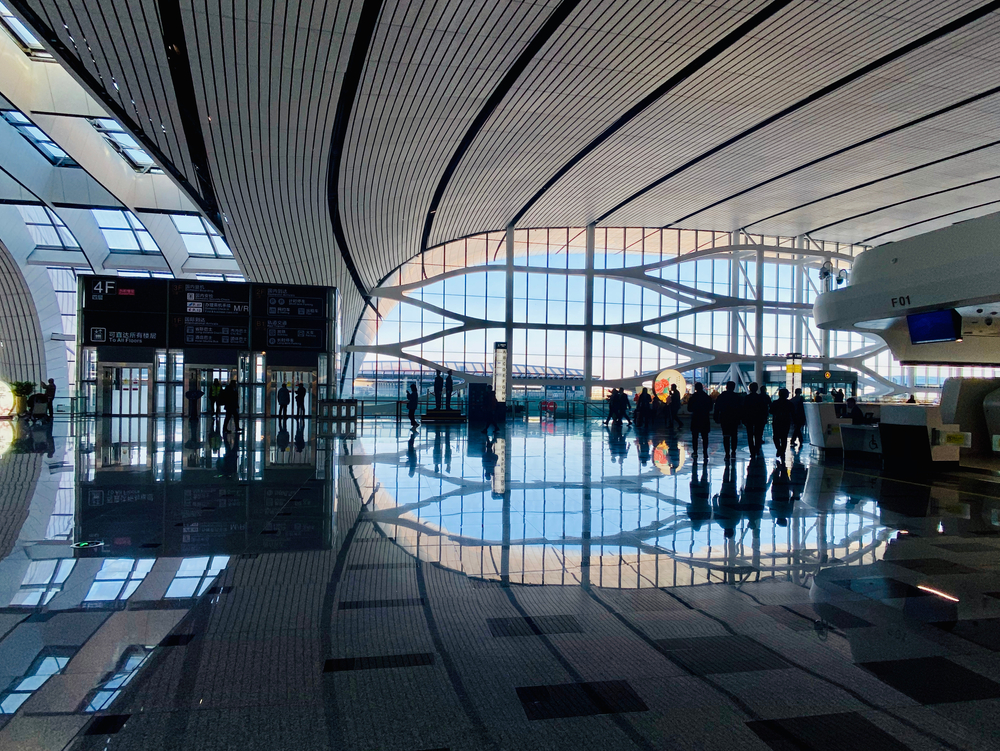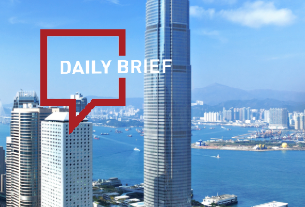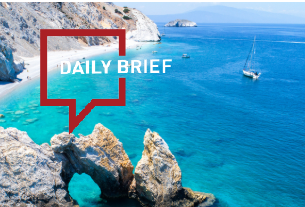
The total number of Chinese outbound tourists for 2021 is projected to be 25.62 million, 27% higher than 2020 but still 83% lower than the 2019 level, according to a report by China Tourism Academy. Among the destinations visited, 95.45% were in Asia, with Hong Kong, Macao and Taiwan getting over 80% of the outbound visits.
The top 15 outbound destinations for the Chinese travelers this year are Macao, Hong Kong Vietnam, South Korea, Japan, Thailand, Cambodia, America, Singapore, Taiwan, Malaysia, Britain, Australia, Canada and Indonesia. Most destinations have received 66% to 98% fewer Chinese visitors, but Macao has seen a significant recovery of mainland tourist arrivals.
With China’s outbound tourism dictated by the pandemic situation both domestically and overseas in the past two years, the report noted Chinese tourism enterprises have mostly shifted to domestic tourism. China Tourism Group has since centered its business on duty-free shopping and resorted to online channels, while Trip.com launched content + transaction platform Star Hub. Mafengwo, an online social tourism community combined with e-commerce, also pivoted to domestic tourism.
While tourism companies are tapping into the potential of smaller-sized families in China, they also identify young people in lower-tier cities and towns as another emerging market. For travelers, time and safety are the top concerns, according to the report. Some 82.8% of surveyed consumers suggested they would only visit a Covid-zero place, with a similar percentage of respondents choosing domestic travel over overseas travel.
Those who plan to travel overseas tend to prefer a journey of less than seven days, and they prefer to travel with families rather than going solo or with strangers. Only 25.08% would join a tour operator, compared to 62.87% in 2019. As to transportation mode, 71.7% of the respondents would not want to fly for overseas trips post-pandemic.
Looking forward, the report advises that the Chinese government should look at restarting outbound tourism by way of travel bubbles and “sandboxes”, while ensuring “safety first”.




